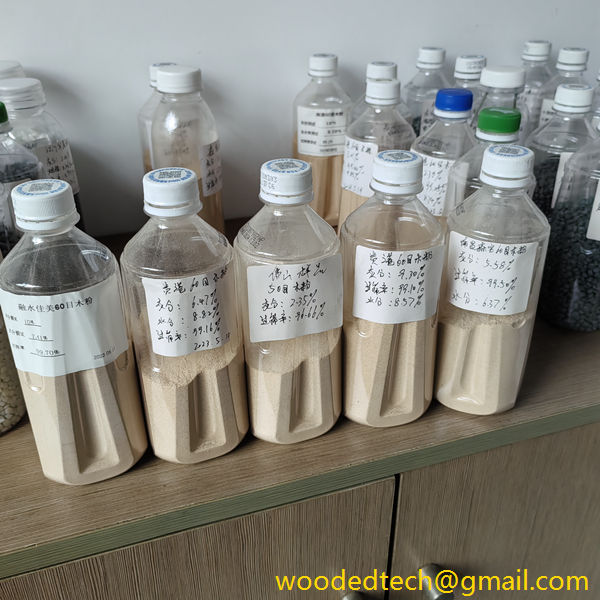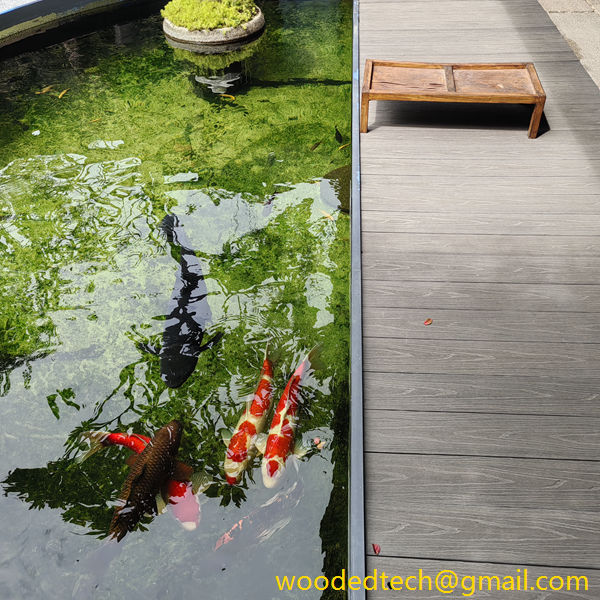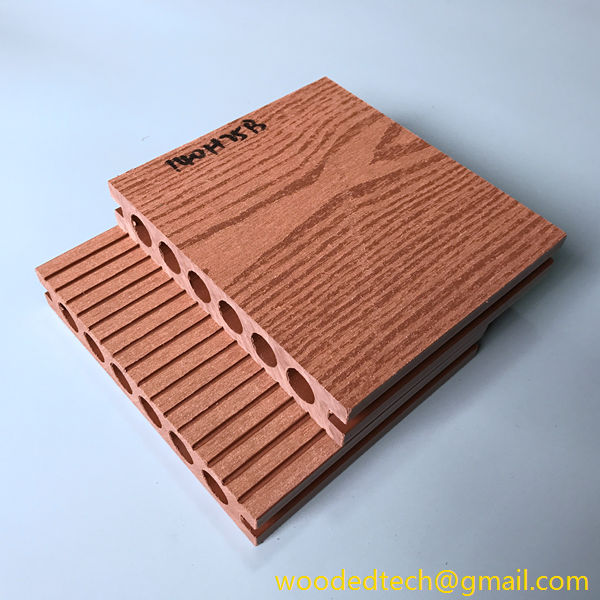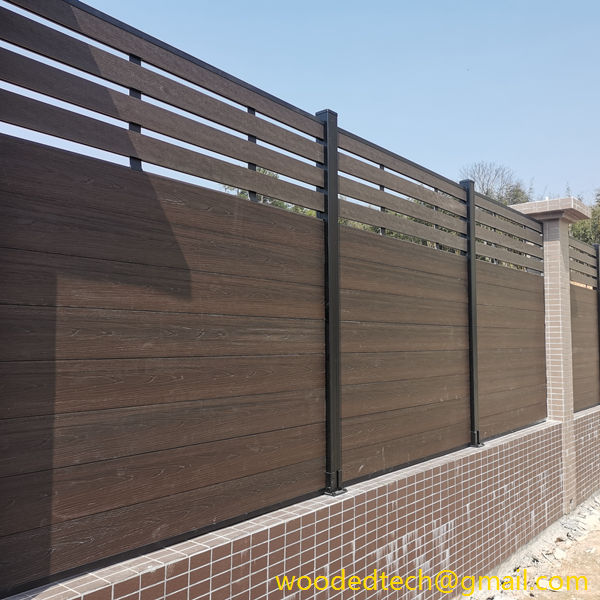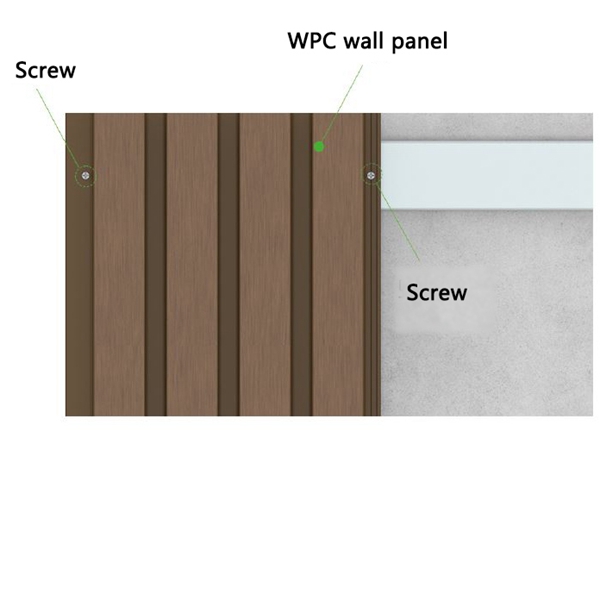Understanding WPC Extrusion and Its Role in Creating Durable and Versatile Building Materials
Wood Plastic Composite, commonly known as WPC, has gained significant attention in the construction and building materials industry due to its unique combination of properties. These materials are composed of a blend of wood fibers and plastic polymers, resulting in a product that offers the natural aesthetics of wood with the durability and low maintenance of plastic. WPC extrusion is the process used to create these materials, and understanding this process is vital for both installation and maintenance.
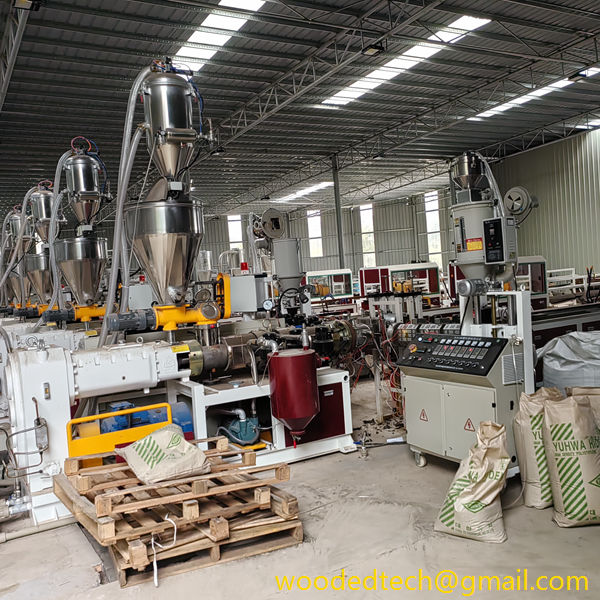
The extrusion process begins with the careful selection of raw materials. The quality of wood fibers and plastic used can greatly affect the final product’s performance. Typically, recycled wood waste and high-density polyethylene or polypropylene are used, which not only make WPC an eco-friendly choice but also enhance its structural integrity. The selected materials are then mixed in specific ratios, depending on the desired properties of the final product.
Once the materials are prepared, they are fed into an extruder, a machine that melts and forms the mixture. The extruder operates at high temperatures, ensuring that the wood fibers are fully integrated with the plastic. This process is critical as it determines the consistency and strength of the final product. The molten mixture is then forced through a specially designed die, which shapes the material into the desired profile, such as decking boards, railing components, or fencing panels. This step is crucial as it allows for versatility in design, catering to various architectural styles and preferences.
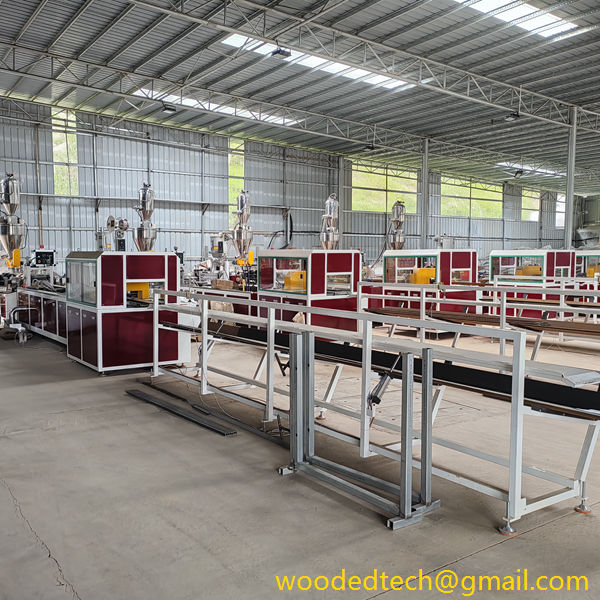
After extrusion, the WPC products undergo a cooling process, which solidifies their shape and enhances their stability. The cooling phase must be carefully controlled to prevent warping or dimensional changes. Once cooled, the products can be cut to specific lengths and packaged for distribution. This manufacturing process ensures that WPC materials maintain their structural integrity while offering a variety of finishes that mimic traditional wood.
In terms of installation, WPC materials are user-friendly, which is one of their many advantages. They can be easily cut, drilled, and fastened using standard woodworking tools. This ease of installation reduces labor costs and time, making WPC an attractive option for contractors and DIY enthusiasts alike. Additionally, many WPC products come with pre-drilled holes, which simplifies the installation process further. It is important, however, to follow the manufacturer’s guidelines during installation to ensure optimal performance and longevity.
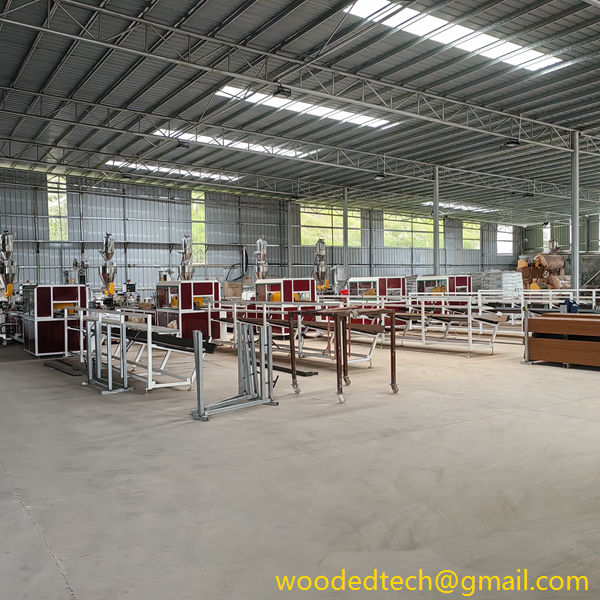
Proper installation is key to maximizing the benefits of WPC materials. For example, when installing WPC decking, it is essential to allow for adequate spacing between boards to accommodate expansion and contraction due to temperature changes. Using the recommended fasteners and installation techniques will help prevent issues such as buckling or warping, which can compromise the aesthetics and functionality of the material.
Maintenance of WPC materials is relatively simple compared to traditional wood products. Unlike wood, WPC does not require regular staining or sealing to protect it from moisture and UV damage. However, routine cleaning is recommended to maintain its appearance. A simple mixture of soap and water can effectively remove dirt and debris from the surface. For tougher stains, a soft brush can be used without compromising the material’s integrity. It is important to avoid harsh chemicals or abrasive cleaning tools, as these can scratch or damage the surface finish.
One of the significant benefits of WPC is its resistance to common issues that plague traditional wood products, such as rot, insect damage, and warping. This durability extends the lifespan of WPC materials, making them a cost-effective choice in the long run. However, it is essential to monitor the condition of the materials and address any signs of wear or damage promptly. While WPC is designed to withstand the elements, regular inspections can help identify potential issues before they become significant problems.
In conclusion, understanding WPC extrusion and its role in creating durable and versatile building materials is essential for anyone involved in the construction industry. The extrusion process ensures a high-quality product that combines the best of both wood and plastic. With easy installation and minimal maintenance requirements, WPC materials offer a practical solution for a wide range of applications. As the demand for sustainable and eco-friendly building materials continues to grow, WPC will undoubtedly play a crucial role in shaping the future of construction. By following best practices in installation and maintenance, users can enjoy the lasting benefits that WPC has to offer.

